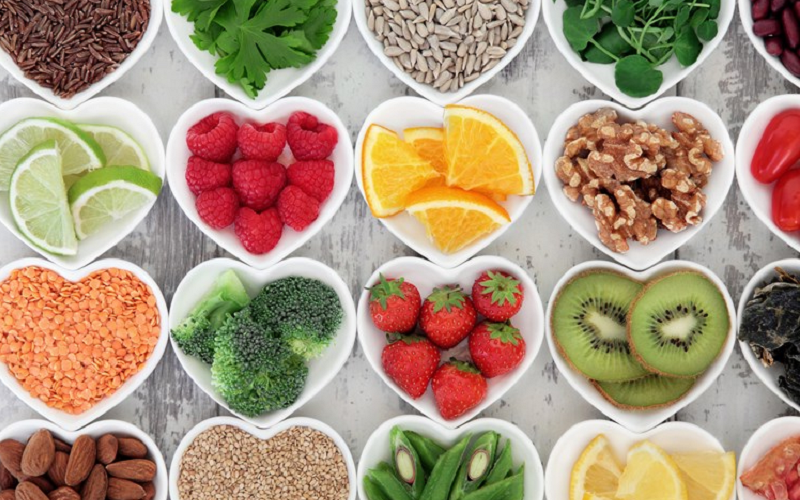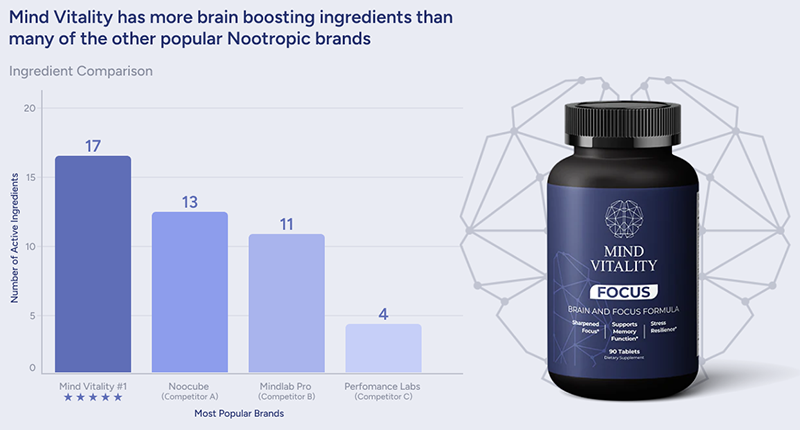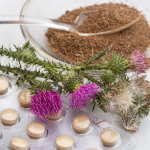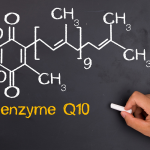The free radical theory of aging is that free radicals — electron-deprived molecules that are also referred to as oxidants — damage cells. These weakened cells (and especially the all-important DNA in these cells) result in the symptoms of aging: diseases and organ failure. Antioxidants break down free radicals. An increase in antioxidants means a decrease in free radicals, allowing cells to remain healthier and the aging process to slow.
What Are Antioxidants?
There are ever-present outside factors attacking the body, from chemicals to pollution to the ultraviolet rays of the sun. People also directly introduce harmful elements into their bodies, such as cigarette smoke and deep-fried foods. All these negative elements can result in damaged cells. Additionally, while the human body is full of remarkable systems that allow it to stay healthy and repair itself when it isn’t healthy, it isn’t perfect in this regard. The body produces toxic chemical reactions and stress hormones, with the resulting toxins weakening the molecules in cells.
Oxidants Are Free Radicals That Oxidize and Damage Cells
A weakened molecule means weakened atoms within that molecule. Here weakened means a loss of an electron — a part of the cell that carries electrical charges and allows cells to function properly together. Electron-deprived molecules are free radicals, or oxidants. A free radical attempts to compensate for its shortcoming by “stealing” electrons from other molecules. Unfortunately this process can get out of control, creating a chain-reaction of cells trying to rehabilitate themselves but instead damaging, or oxidizing countless other cells. Soon a plethora of electron-stealing cells are running rampant, causing more problems than they solve.
Free radicals can exist in the eye, where they damage corneal and retinal cells. They can exist in the arteries, causing heart issues. They can exist in the skin, where they raise the risk of skin cancer (as well as speed up the formation of wrinkles). In fact, free radicals can damage any cells in their path, according to Jeffrey Blumberg, Ph.D., Tufts University professor of nutrition and director of the antioxidant lab.
Antioxidants Fight Oxidants (Free Radicals)
That covers the oxidant part of antioxidant. As the name implies, antioxidants are against oxidants — they fight oxidants. Antioxidants end the oxidative damage of free radicals by replacing, or adding back in, a molecule’s lost electron. And they do so without damaging other molecules — they don’t steal electrons from other molecules to get this job done. Replacing the missing electron in a free radical returns the molecule to it’s original state, making the molecule and cell it is a part of fully functioning and healthy.
Where do antioxidants come from? The body manufactures a variety of them. Good enough. So why do so many people recommend, and so many people take, antioxidants in the form of supplements? Simple. The body doesn’t always produce enough antioxidants on its own.
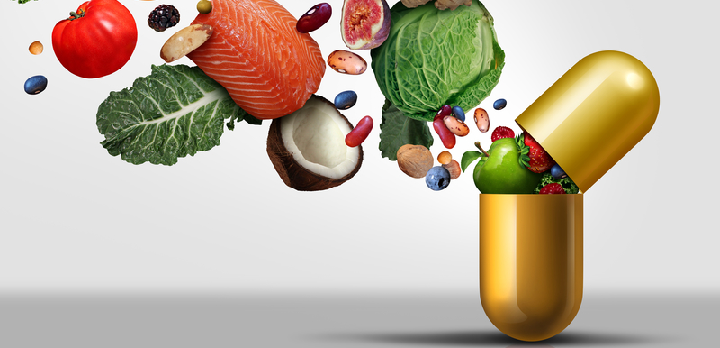
Antioxidants Fight Aging
The body’s reduction of oxygen to water produces a number of highly-reactive chemical substances which are commonly known as oxygen-derived free radicals. The free radical theory of aging states that these free radicals are responsible for the age-related damage of cells.
Reducing Free Radicals Slows Aging
Normally, an equilibrium exists among oxidants, antioxidants and biomolecules (molecules, like DNA, that are essential to a biological process such as cell division or development). Surplus generation of free radicals can overpower natural cellular antioxidant defenses, leading to oxidation and contributing to cellular functional deterioration.
If free radicals are a factor in the aging process implies, then actions intended to limit or inhibit free radicals should be able to reduce the aging rate and disease development. And in fact, studies bear this out.
Oxygen is vital to aerobic organisms (organisms such as most plants and animals that can survive and grow in an oxygenated environment) because it is a final electron acceptor (a chemical entity that accepts electrons transferred to it from another compound) in mitochondria (the part of a cell in which the biochemical processes of respiration and energy production occur).
While important and necessary to aerobic organisms (like humans), oxygen can be harmful because it can continuously generate reactive oxygen species (ROS), also referred to as free radicals — a type of unstable molecule that contains oxygen and that easily reacts with other molecules in a cell. A build up of ROS (free radicals) in cells may cause damage to DNA, and may cause cell death. Cell death is, in short, responsible for aging.
The Body Has an Antioxidant Defense System
To remove ROS, aerobic organisms have an antioxidant defense system which consists of a series of enzymes, the most vital of which are catalase (CAT), superoxide dismutase (SOD), glutathione reductase and glutathione peroxidase. Complicated names to be sure, but important to recognize when considering taking antioxidant supplements — all of these are available as dietary supplements either individually or sometimes in various combinations.
Study after study have shown that antioxidants help prevent heart disease, reduce muscle soreness and fatigue, protect joints and reduce the risk of degenerative diseases like Alzheimer’s and Parkinson’s.
The Best Anti-Aging Antioxidants
There are hundreds of antioxidants, but as far as bang for the buck goes, anti-aging enthusiasts focus on only a handful. Here are some of the top-rated age-fighting antioxidants commonly taken in supplement form.
Carotenoids
Carotenoids are a powerful class of antioxidants, and are pigments found in some plants, algae, and bacteria. These pigments produce the bright red, yellow and orange colors in fruits, vegetables and seafood.
There are several hundred different types of carotenoids. Some are termed pro-vitamin A because they are precursors of Vitamin A — they are not vitamin A themselves but rather can be converted into vitamin A (retinol) when released into the body. Beta-carotene (β-Carotene) is the most well known pro-vitamin A carotenoid. Beta-carotene is sometimes incorrectly referred to as simply vitamin A. As a pro-vitamin A it is converted into vitamin A — it is not actually vitamin A itself.
Krill Oil Includes the Powerful Carotenoid Astaxanthin
Beta-carotene is an important and commonly known carotenoid. A far lesser known — but in terms of free radical fighting much more powerful — carotenoid is astaxanthin. In fact, astaxanthin is thought to be ten times as strong in free radical fighting power than beta-carotene.
One of the best sources of astaxanthin is krill oil. Krill are small, deep-water shellfish, of which there are several species. They’re tiny, shrimp-like animals, and their oil contains fatty acids that are very similar to fish oil.
Krill oil has been gaining popularity as being superior to fish oil — maybe it could be considered Fish Oil 2.0. Like fish oil, krill oil is a rich source of the important omega-3 fatty acids DHA and EPA — but these fats from krill are more easily processed, or absorbed, than the fats from fish oil. And then there’s the astaxanthin — the pink-orange pigment found in krill oil but not in fish oil. As if being a super-powerful antioxidant weren’t enough, astaxanthin also has anti-inflammatory effects, supports immune function and neurological health.
Coenzyme Q10
Coenzyme Q10, usually referred to as CoQ10, is an antioxidant produced naturally by the body. CoQ10 is stored in cell mitochondria (the part of a cell in which energy production occurs). In addition to helping generate energy in cells CoQ10 protects cells from oxidative damage — it’s a powerful fighter of free radicals.
Because of it’s big role in anti-aging, and the fact that CoQ10 production naturally decreases with age, it makes sense that this is one of the most popular antioxidant supplements.
Polyphenols
Polyphenols are chemicals that occur naturally in most plants. Polyphenols are micronutrients that act as antioxidants — they’re great at protecting cells from the damage of free radicals. Studies have shown that by stimulating stem cells to increase their circulation in bone marrow, polyphenols help treat diabetes, cardiovascular diseases, digestion issues and several other health concerns.
Blueberries, elderberries, black currants, hazelnuts and tea all have high concentrations of polyphenols. That’s the reason that many nutritional supplements (especially those labeled as antioxidants or stem cell supplements) often include extracts of these foods.
Olives Include the Powerful Polyphenol Hydroxytyrosol
There are thousands of type of polyphenols. Over half of these polyphenols fall into the category of flavonoids. One of the most under-rated polyphenols, though, is hydroxytyrosol. Its ability to fight free radicals and protect cells mitochondria from damage is quite remarkable — leading it to be called by some the “superstar of antioxidants.” Research has shown hydroxytyrosol to have neuroprotective, cardioprotective, anticancer and neuroprotective effects.
The main source of hydroxytyrosol is the olive fruit and leaves. It has been known for some time that Mediterranean countries have lower levels of cancer and cardiovascular disease than other Western countries. The health properties of olive oil have been researched because olive oil is a key ingredient in the Mediterranean diet, and an ingredient not common in other diets. That’s how it was discovered that the polyphenol hydroxytyrosol was responsible for much of the health benefits of the Mediterranean diet.
Selenium
Selenium is an essential mineral, meaning it must has to be obtained through your diet. In addition to being an antioxidant itself, selenium speeds up the body’s natural antioxidant-making process — it increases levels of the powerful antioxidant glutathione peroxidase.
A review of over 60 studies with a total of more than 300,000 participants concluded that having a high blood level of selenium was associated with a lowered risk of some types of cancer, including colon, lung, prostate and breast cancers.
Vitamin E
Vitamin E is a fat-soluble antioxidant that stops the production of free radicals that form when fat undergoes oxidation (he body’s reduction of oxygen to water, producing free radicals). Fewer free radicals, fewer effects of aging.
Vitamin E is actually a family of eight different fat-soluble compounds. Alpha-tocopherol (α-Tocopherol) is the most common and the most active, or potent, one in humans. That’s why Vitamin E supplements will often include α-Tocopherol on the bottle’s labeling.
In additional to its ability to fight internal aging, Vitamin E has been proven to play a significant role in reversing the effects of aging on skin. This vitamin reduces the appearance of fine lines, wrinkles, stretch marks, and age spots.
Vitamin C
Vitamin C is an water-soluble essential vitamin, meaning the body can’t produce it. Vitamin C is an antioxidant, so it contributes to the fight against free radicals, thereby contributing to healthy cells and in turn, anti-aging. However, one of the main reasons people take supplements of this vitamin is to boost their immunity — vitamin C is involved in many parts of the immune system.
Vitamin C helps in the production of white blood cells (phagocytes and lymphocytes), which help protect against infection. Vitamin C helps white blood cells function more effectively, and its antioxidant component protects these cells from free radical damage.
Isothiocyanates
Isothiocyanates are sulfur-containing compounds responsible for the green color in some cruciferous vegetables. Vegetables in the cruciferous, or cabbage, family include (among others) cabbage, Brussels sprouts, cauliflower, broccoli and cauliflower.
Isothiocyanates have high levels of glucosinolates and isothiocyanates, two groups of antioxidants that have been shown to slow the growth of cancer cells.
Conclusion
Free radicals are electron-deprived molecules that damage cells in their quest to steal electrons from them in an attempt to make themselves “whole” again. The weakened cells — especially DNA cells — lead to damaged or unhealthy tissue being unable to properly repair itself. The result can be diseases and organ failure. This means that free radicals are at least partially responsible for what we think of as aging.
Antioxidants break down free radicals. Antioxidants put a stop to the oxidative damage of free radicals by replacing a molecule’s lost electron. Replacing the missing electron in a free radical returns the molecule to it’s stable state which results in a molecule — and the cell it is a part of — fully functioning.
An increase in antioxidants conversely means a decrease in free radicals. That’s why antioxidant supplements are one of the most popular types of nutritional supplement.
Some of the most effective of the many antioxidants include CoQ10, polyphenols, selenium, and vitamins C and E.


